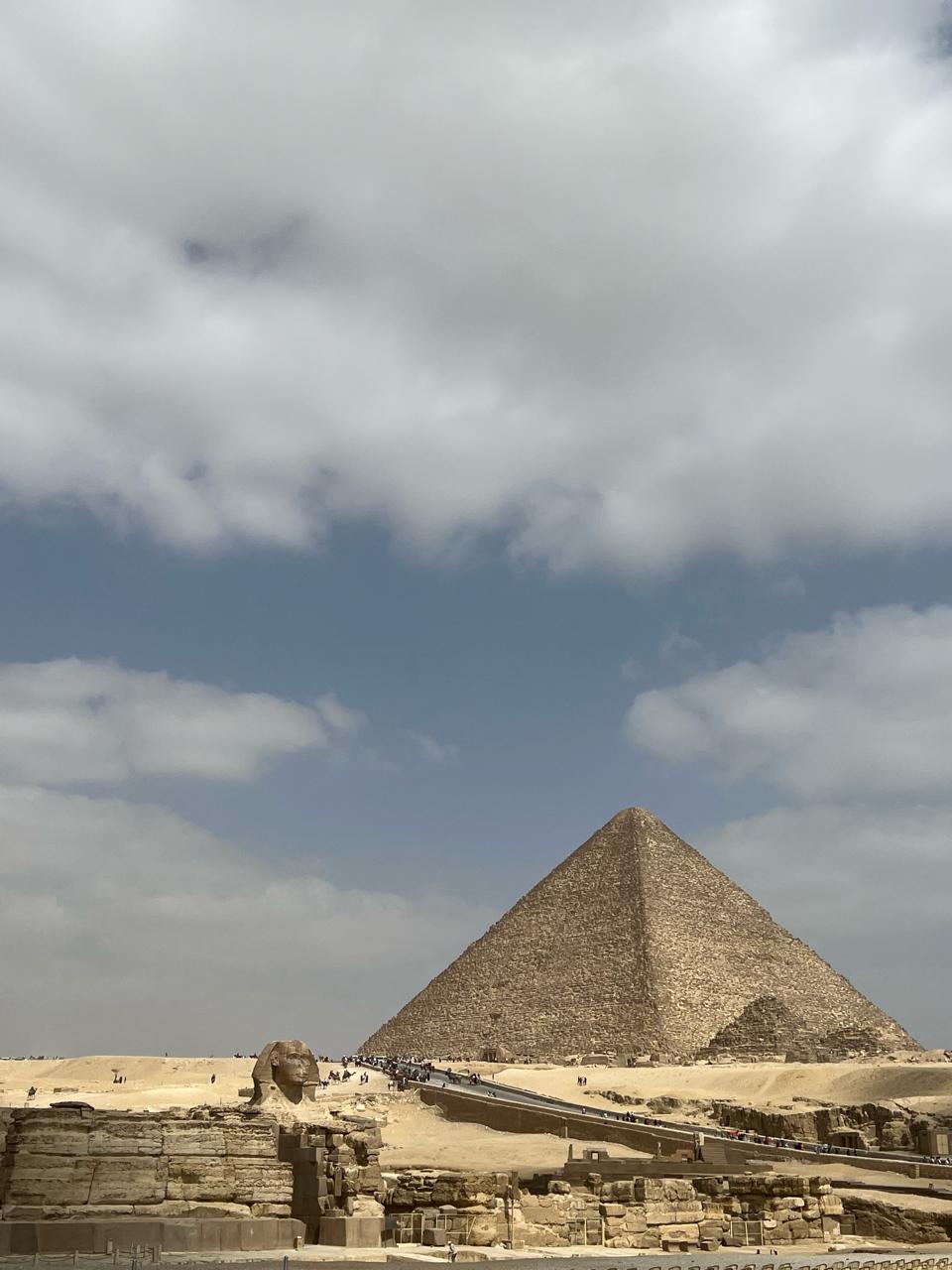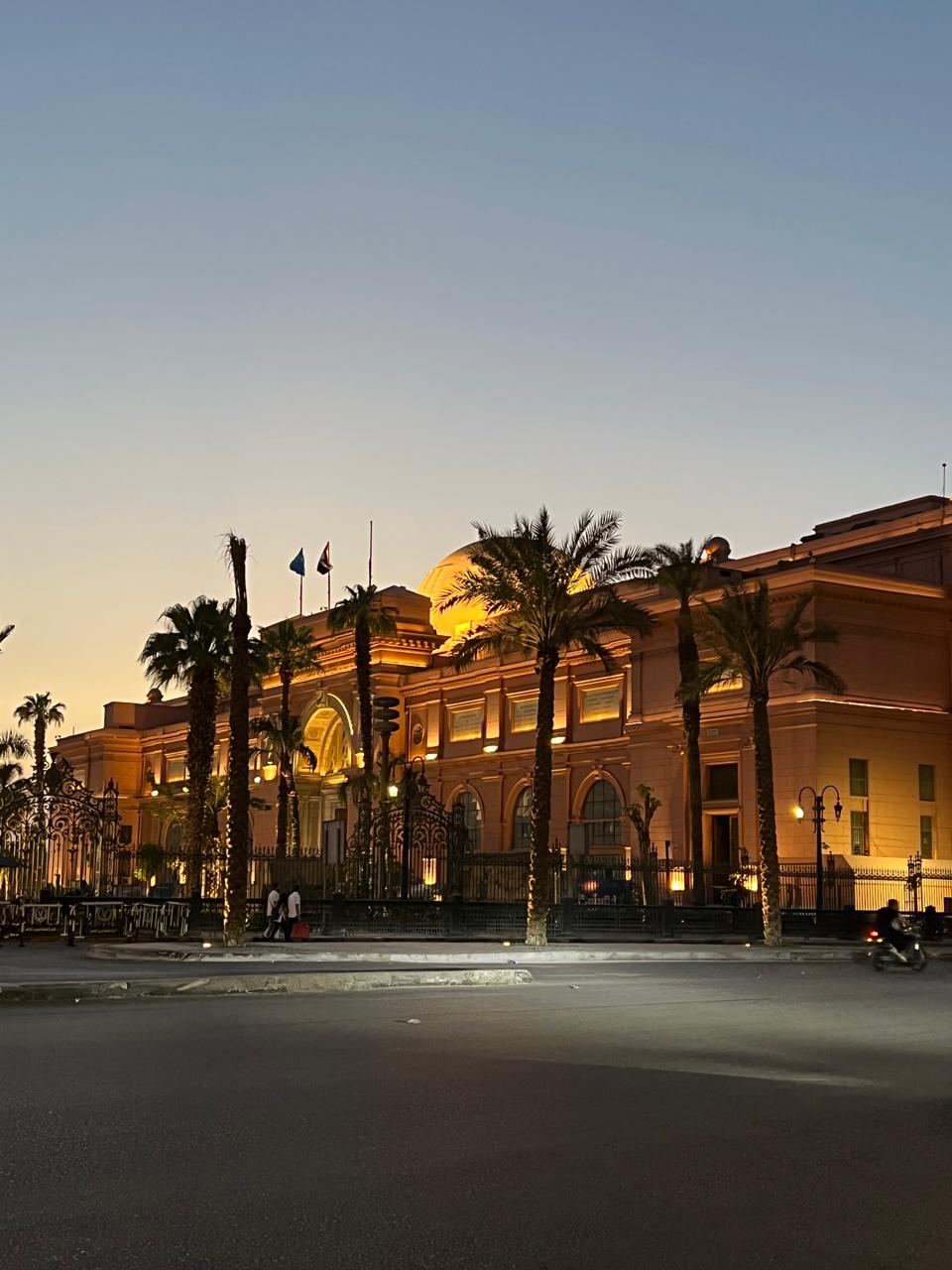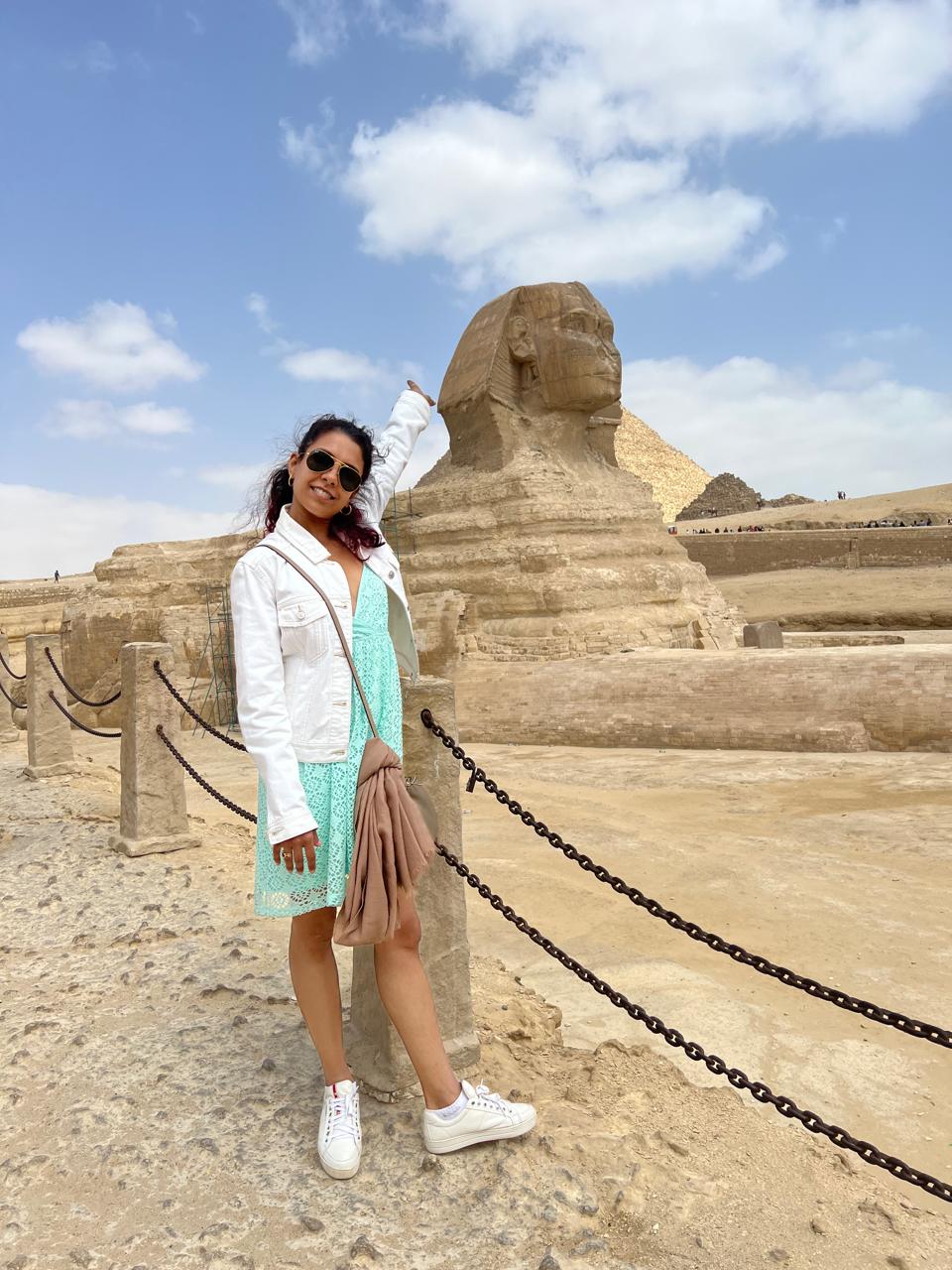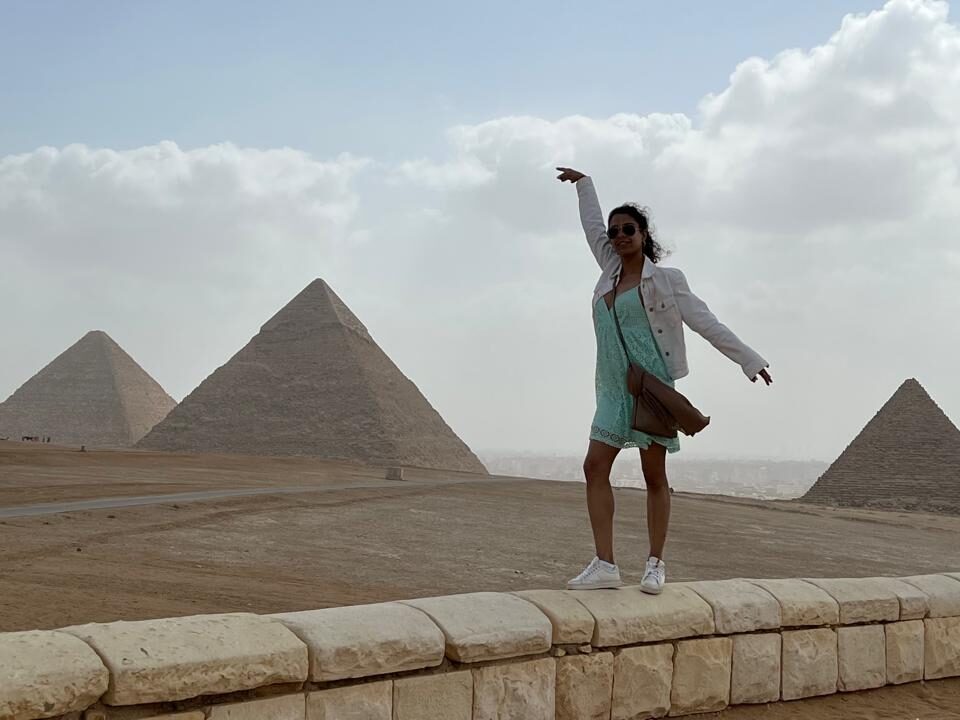
Geysers and the Golden Circle – Reykjavik, Iceland
April 10, 2025
Shipwrecked
April 10, 2025Cairo, the capital of Egypt, land of history and culture is arguably not one of the nicest places to visit in the world. Crowded, dirty and full of aggressive vendors and locals trying to sell you everything from postcards to paintings, it’s easy to give the city a miss.
The only thing I would recommend visiting is the Egyptian Museum located in Tahrir Square in the centre of town. Built in 1901, the museum is home to one of the world’s largest collection of artefacts, with over 120,000 pieces on display in the vast complex.
Before I describe what I witnessed as I walked through the museums many rooms, I will share my experience of getting completed ripped off by a local art vendor. After being led in circles by GoogleMaps and seeming to get absolutely nowhere, I found someone I thought to be a kindly older gentleman who spoke English and asked for directions to the Museum. As he showed me the way, he guided me towards his shop which sold a variety of art and Egyptian Hieroglyphics. There he insisted I enjoy a cup of tea despite the heat, and introduced me to his daughter, an artist who immediately picked up a scroll of parchment and began creating an elaborate and beautiful painting. When she finished, she asked my name and presumably added it to the painting in hieroglyphics. I was then forced, quite literally to purchase the scroll before being able to leave the store. It did make a lovely souvenir, but I’m sure I could have found one for less than half of the 1200 Egyptian pounds I paid! Learn from my mistakes! Don’t get taken in by the hospitality of strangers in Cairo, you will probably find yourself out of pocket a few hundred or a thousand Egyptian pounds within a few minutes.
Anyway, annoyed at my naïveté I finally made it to the museum and spent a few hours exploring the various exhibits. From the Prehistoric to the Late Period, the museum boasts the largest collection of Egyptian antiquities in the world including pottery, jewellery, scarabs everyday items, statues, coffins and even some mummified remains.

After a relaxing dinner at a cafe near my hotel, I turned in for the night, excited about my trip to Giza and the pyramids the next morning.
The New Kingdom period is the most famous and includes elements from the lives of prominent figures in Egyptian history such as Hatshepsut, Thutmose III and Ramses II. Amongst the Egyptian Museum’s most prized collections is the exhibit of King Tutankhamen’s life, including the child Pharoah’s gold burial mask, commonly considered one of the most famous pieces of Egyptian history and one of the world’s most prominent works of art.
I ended the evening with a walk through Cairo’s Grand Bazaar, which honestly, can be skipped altogether. It’s basically a bustling and crowded marketplace for everything from household goods to live animals and didn’t really hold much appeal for me.
After a relaxing dinner at a cafe near my hotel, I turned in for the night, excited about my trip to Giza and the pyramids the next morning.
After a workout and breakfast at my hotel, I was met by my guide and driver who drove me to Giza. From where we parked, we could either walk or ride a camel up to the pyramids themselves. Having experienced a camel ride many years before in Dubai, and not wanting to subject myself to the smell again, I chose to walk the roughly 10 minutes to the base of the Great Pyramid.
The Pyramid complex at Giza is home to the Great Pyramid, dedicated to the Pharaoh Khufu, the Pyramid of Khafre and the Pyramid of Menkaure along with their individual complexes as well as the Great Sphinx. All the pyramids were built during the Fourth Dynasty of the Old Kingdom of Egypt and the site itself is designated a World Heritage Site by UNESCO. The Grear Pyramid has also been listed as one of the Wonders of the World and along with the Pyramid of Khafre is the largest pyramid built in Ancient Egypt. Unfortunately, wear and tear by the elements has led to the Pyramid’s height being reduced from 481 feet, where it stood as the tallest man-made structure in the world for almost 4000 years to 454 feet.
I was actually able to climb up a few stones of the Great Pyramid, which internally is said to have three chambers, the King’s Chamber, the Queen’s Chamber and a third chamber that remained unfinished. It was hard not to be awestruck by the sheer size and majesty of the structure. Like in Luxor, I was amazed that such a complex feat of engineering had been built 4 millennia ago without the benefit of modern technology or tools. The longevity of the pyramids are a true testament to the craftsmanship and brilliance of the ancient Egyptians. Each of the three pyramids are also flanked by smaller pyramids which were meant for the queens of the Pharaoh.)
After spending some time marvelling at the pyramids and taking some pictures, I made my way down to the statue of the Sphinx, another magnificent creation. The enormous structure is carved from limestone with the head of a human and the body of a lion. According to lore, the face of the Great Sphinx is that of the Pharaoh Khafre and the statue is the oldest known monument in Egypt. The nose of the Sphinx is missing, and one tall tale that surrounds this is that it was blown off by cannon fire by Napoleons troops. The truth is somewhat less fantastical; with the missing nose predating Napoleon and the marks on the surface being indicative of a deliberate removal.
Another load of pictures later it was time to make my way back to Cairo and join the wedding festivities that had brought me to Egypt in the first place. With my head full of history and my mind overflowing with memories, I headed back to the city, tired and happy!

SHARE ARTICLE

Disha
Disha is a former corporate lawyer with a flair for writing. As an avid traveller, she is always seeking new adventures and loves telling stories about her globe trotting.













